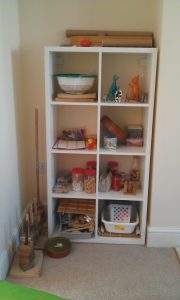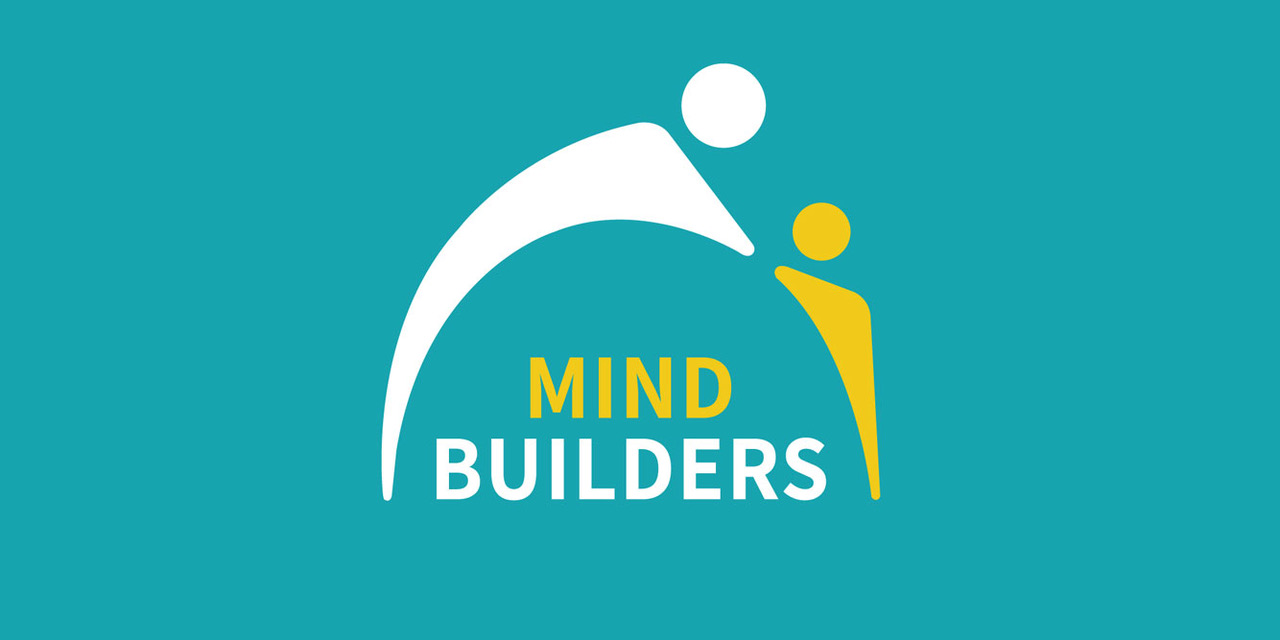Did you knowthat toy shelves promote language development? Everything has its place, instead of disappearing in a big box or standing around somewhere. Everything that has its place has a name. There are the small pieces that like to be grouped together in categories, like Lego, wooden blocks, animals, play figures, cars. Of these, there are then often large and small cars, animals, play figures and so on. These also feel most comfortable with their 'family', especially if it is a suitable small or larger home. For this we need suitable containers such as boxes, boxes, tins, baskets, etc. preferably with lids. Because every toy needs a home, needs to know where it belongs, and feels most comfortable with a protective roof over its head.
And already the shelf has given us not only a large amount of vocabulary, but also a grammatical order with form and structure, and so it creates without our great intervention already its own sentences, e.g. what goes where and what belongs together, or not (the cars rarely want to live in the same box with the wild animals!), where the lid might be, whether the jewelry box with the beads belongs on top or at the bottom, or is placed on top of the Lego box or next to it. This exercises the imagination, which is necessary for the development of language and symbolic play. When the box itself begins to speak, "Hey, where are all my cars? They should come home now! - And can I still get my lid, I'm already getting cold! I'm already very tired and finally want to go back to my place on the shelf and sleep. Good night!', then we are already in the middle of the symbolic game with playful communication and a bit of pleasant nonsense and having fun together.
Also, every toy shelf always needs a hohes shelf where the containers of sand or lenses for play live, or fragile or noisy play materials accessible only to mom/dad. So they create a problem and demand interaction: the child must find an adult and make it clear, whether with gestures or words, what he wants and ask him to help him. So a well-stocked toy shelf that also houses things out of reach is basically a logopedically adept interactive communication partner that effectively helps the child with speech development, creates security, frees the room from chaos and brings a sense of general relief.
And just like that, the adult's tiresome tidying up nagging or the child's refusal turns into a shared interaction and meaningful play to accompany our friends, the toys, home to their respective containers and homes (shelves), full of therapeutic and (logo-)educational benefits!

‚The shelf we talked about came yesterday. And it was just like you said. Friedel liked it right away. I could hardly believe how interested he was in not only taking toys out, but more importantly, putting them back in. Even the lids for the different bins were important to him, and he was looking for them. I didn't even have to show him. We had never done anything like that before. But it was as if the shelf and the boxes, cartons and cans spoke a language he understood immediately. All I had to do was show him the box of cars and he went off to get a lid. The first one didn't fit. So he tried another one. It almost brought tears to my eyes to see him so focused and trying. It was the first time that we played together so easily. Because usually it's so hard to involve him in any activity together. And now the shelf helps me when I can't think of anything and gives me ideas. I would never have thought myself that cleaning up could be such a perfect opportunity for interactive play together. Friedel finds putting things back almost more interesting than pulling them out! (Mother of Friedel (4 years)

